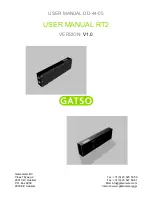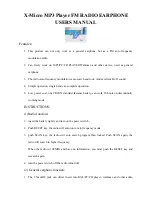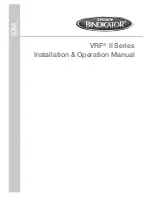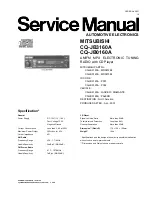
TROUBLESHOOTING
_________________________________________________________________________________________________________
4-2
COM-00-21-04 OCTOBER 2021
Version No.: A.1
PROBLEM
TROUBLESHOOTING PROCEDURE
BS Detected & No
Connection
If the BS is detected (DL ACQUIRED) but a connection is not established,
then the following needs to be determined:
An RF scan using Apollo should be performed to verify that there is no
interference in the channel. This needs to be performed at both the RS
site and the BS site. Note that in most installations, the BS site is
normally installed on a high tower and as such, the antenna is more
susceptible to
interference which could obscure the reception of the RS signal. Given this,
a highly directional Yagi antenna, aligned properly is always preferred.
Verify the orientation (both horizontal and vertical) of the antennas.
Check the TX power of each unit. If both units are transmitting at maximum
power, then there is most likely an issue with the RF path. Note that the
BS actively controls the TX power of the RS so if the RS is transmitting at
maximum power, then that is an indication that the signal level is too low
at the BS. In this case, there is either interference obscuring the signal,
the antennas are misaligned (which reduces the signal level), the RF
cabling or lightning protector are damaged, or possibly water has entered
the connectors or cables.
Low Throughput
The throughput is dynamically determined based on the RF environment
and the default configuration for this is shown in the following table:
To increase throughput, the CINR needs to increase to support the higher
modulation techniques as shown.
*QAM 64 ½ is not implemented
Console Messages are
Slow or garbled
Verify correct interface settings for console
















































